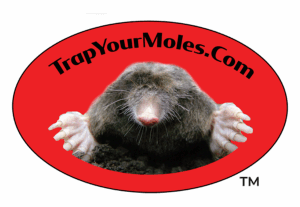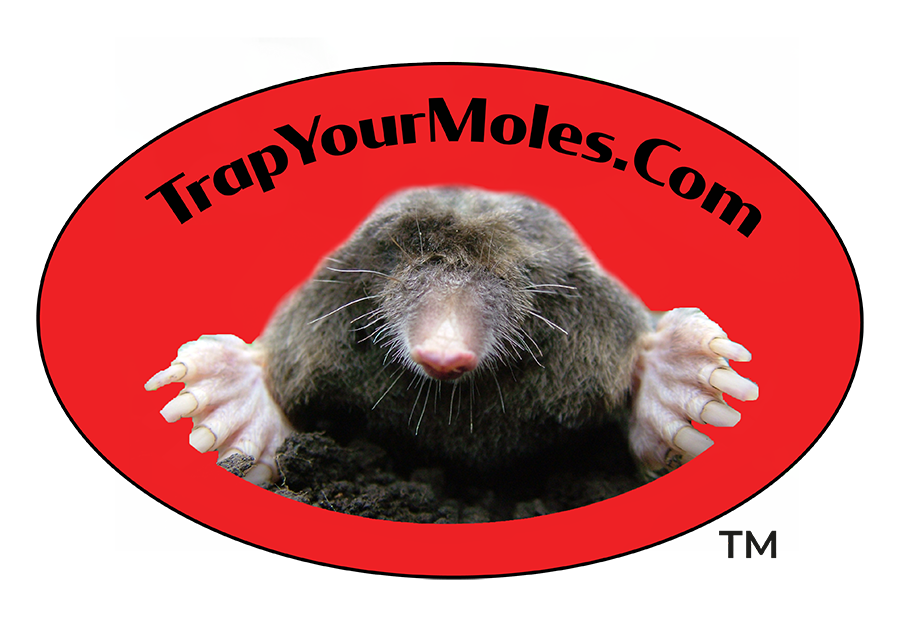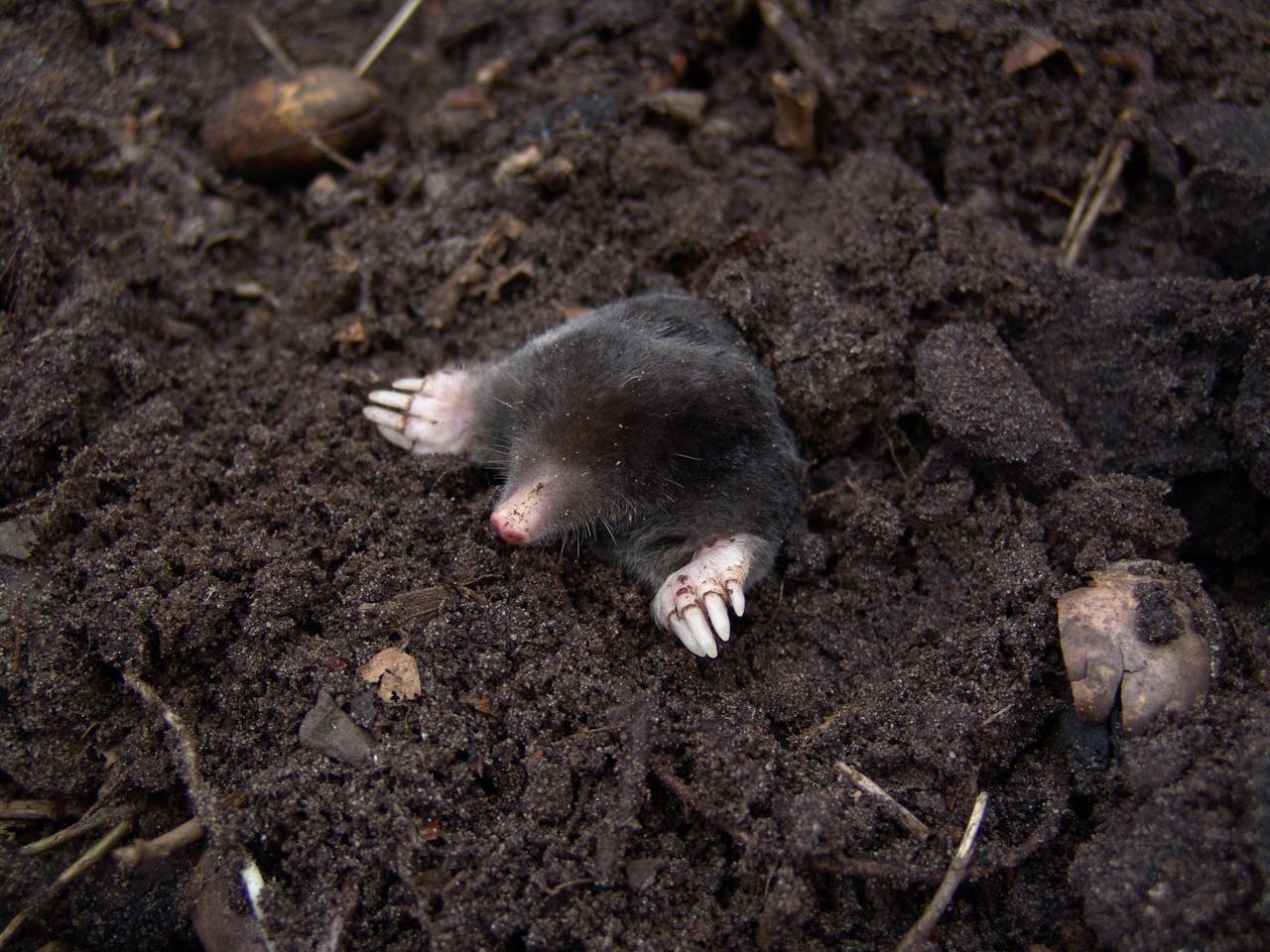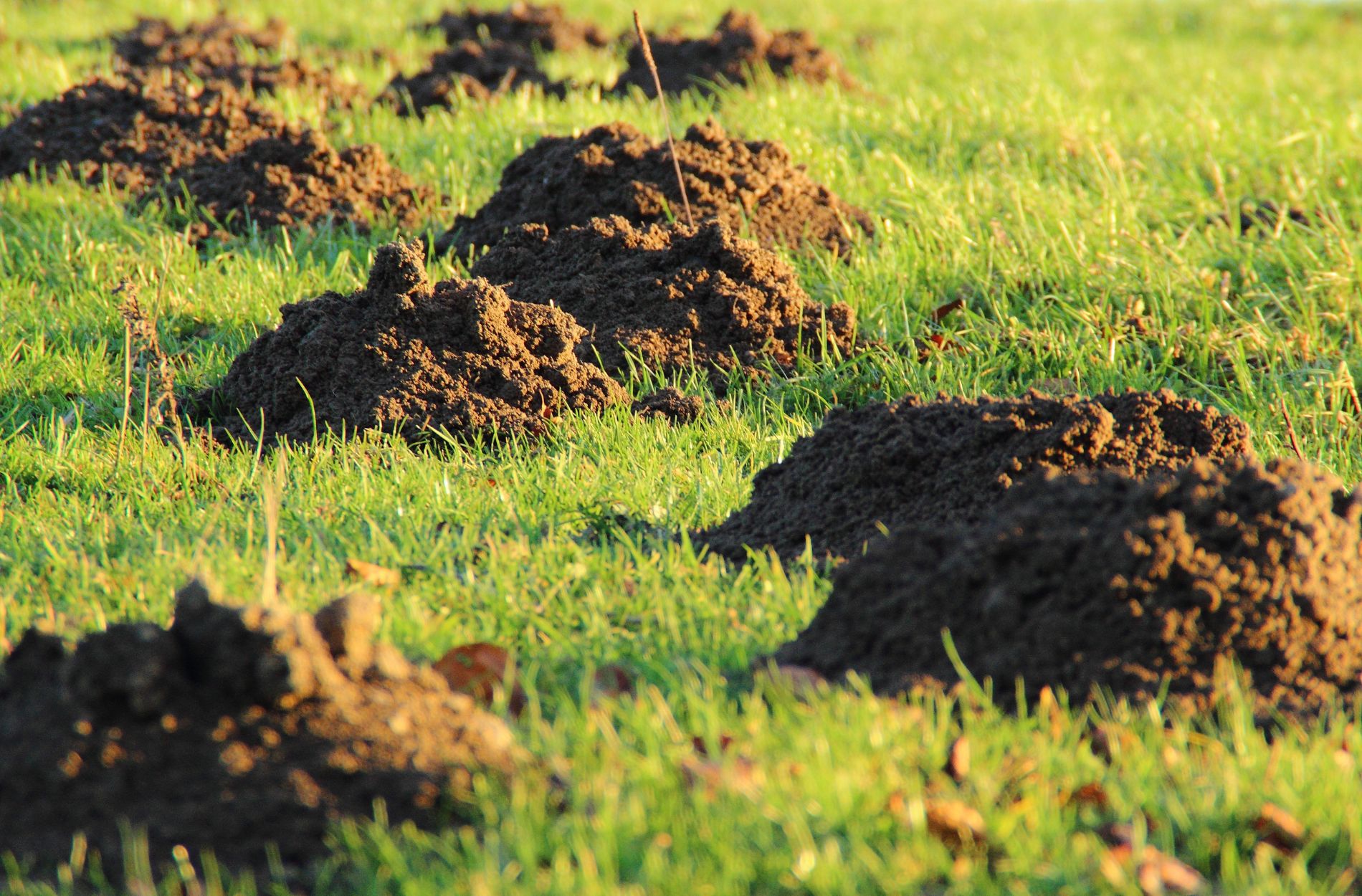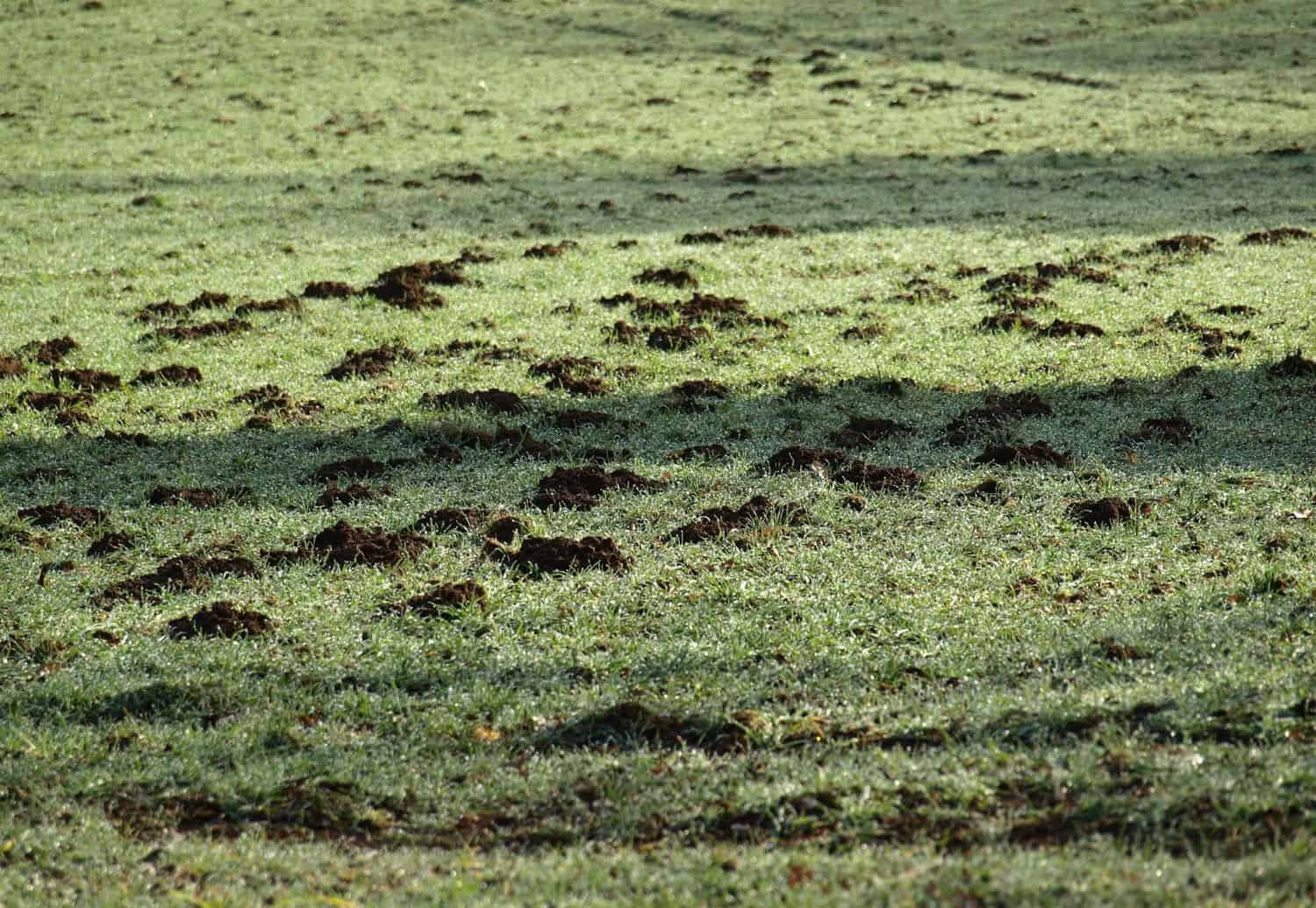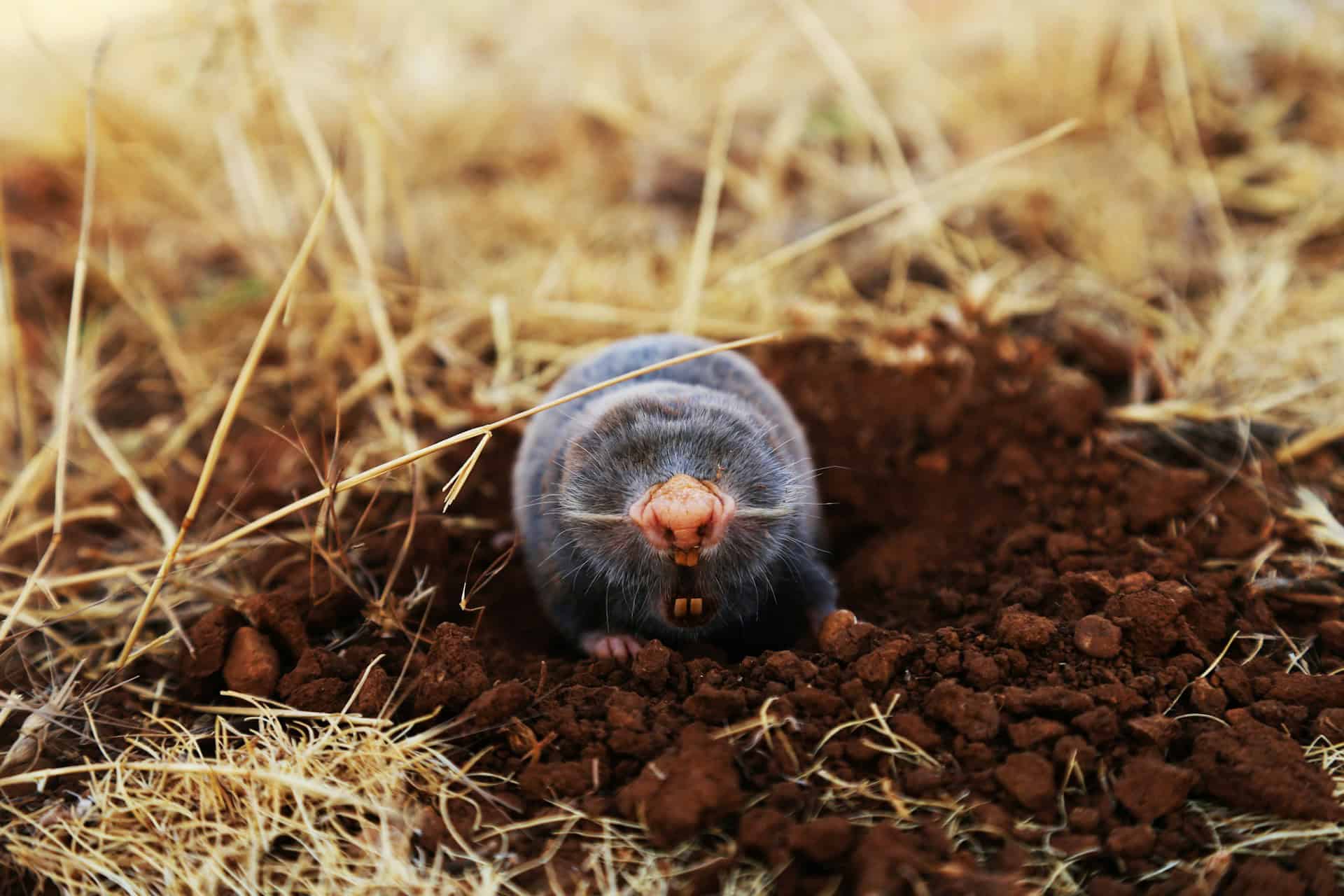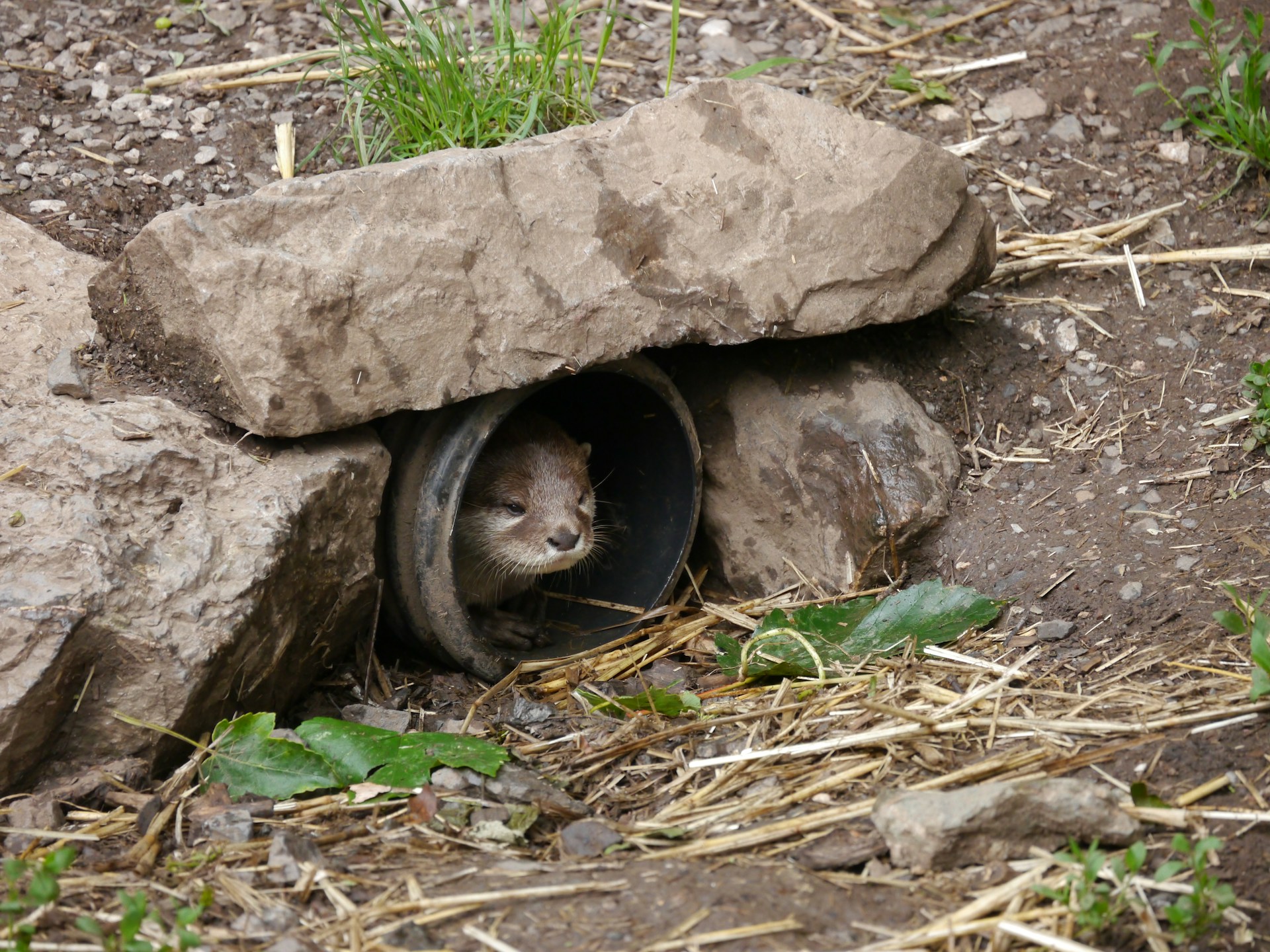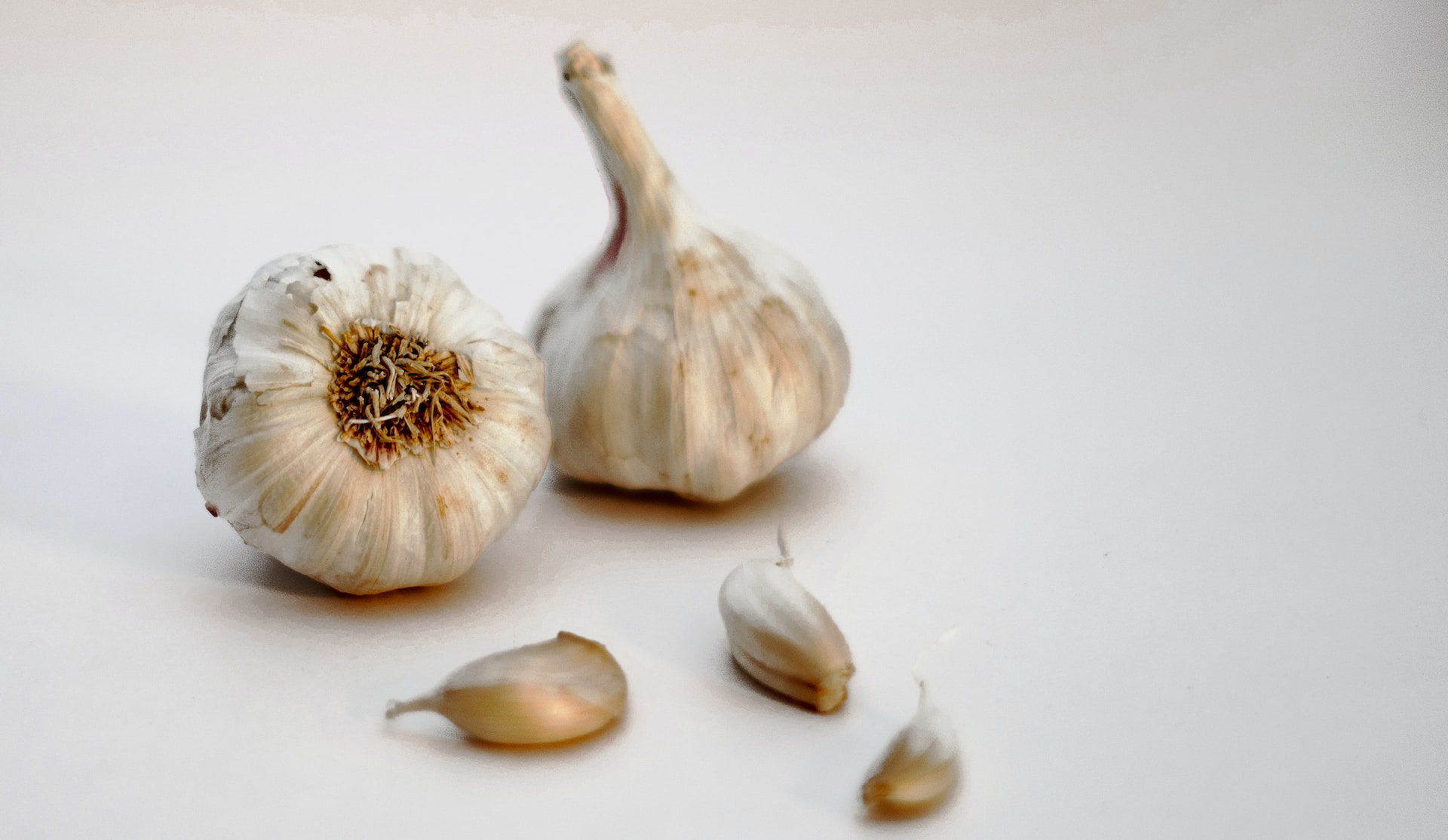Dealing with moles tirelessly burrowing through your garden can be quite the headache. These little creatures can quickly turn a beautifully maintained yard into a network of unsightly mounds and tunnels. While they may be small, they come with big challenges, especially when figuring out how to handle them effectively. Removing ground moles isn’t just about chasing them away – it requires the right set of tools and understanding of their behavior to make a real difference.
The use of proper tools is essential when it comes to trapping moles successfully. Not only do they make the task more straightforward, but they also enhance the chances of dealing with the issue once and for all. Let’s delve into what makes certain tools necessary and how professionals approach the task with finesse.
Understanding Mole Trapping Basics
Before jumping into the types of tools you’ll need, it’s essential to understand the basics of mole trapping. Moles are not pests that can be easily lured away with simple traps. These elusive mammals dig intricate tunnel networks as they search for their primary food source—insects. Understanding this behavior is key to setting up traps effectively.
Mole trapping requires knowing where and how to place traps. Think of it like setting up a treasure hunt; you have to anticipate where the moles are most active. The fundamental principle here is targeting the active tunnels the moles use daily. So, the idea isn’t just to place traps randomly but to recognize and utilize those main highways the moles travel.
Several trap types are commonly used by professionals. Here’s a quick rundown:
– Scissor traps: These are placed directly into the mole tunnel and snap shut when triggered.
– Harpoon traps: As the name suggests, these have spikes that drive downwards into the tunnel.
– Choker loop traps: They tighten around the mole as it passes through.
Each type of trap has its advantage, and knowing which one to use requires some thought. Proper placement and understanding of mole habits make the difference between a successful endeavor and a continuous struggle with more moles showing up.
Must-Have Tools for Mole Trapping
To have the upper hand in mole trapping, certain tools are indispensable. Here’s a list of must-haves for anyone serious about solving their mole problem:
1. Mole Traps: As mentioned earlier, choosing the right kind of trap—be it scissor, harpoon, or choker—is crucial.
2. Gloves: Always use gloves to prevent transferring human scent onto traps, which can deter moles.
3. Trowel or Small Shovel: This aids in uncovering tunnels accurately without collapsing the structure.
4. Marker Flags: Use these to indicate where traps are set, making it easier to check them later.
5. Protective Gear: Protect yourself from potential soil disturbances while working outside.
The quality and durability of these tools matter because they are exposed to soil elements and need to function accurately. Having well-made, sturdy equipment ensures that traps remain effective and that the whole process is as smooth as possible. Each tool serves a specific role in creating an effective trap setup, ensuring that efforts lead to successful outcomes.
Setting the right foundation with these must-have tools paves the way to handling mole problems efficiently. Once equipped, you can focus on the next step—setting these traps properly to increase your chances of success.
Setting Traps Correctly
Proper trap placement is critical when aiming to remove moles from your yard effectively. The process might seem daunting at first, but breaking it down into steps makes it manageable. Start by identifying the active tunnels. These are the ones moles use regularly. A small trick is to collapse sections of a tunnel and check the next day to see if they’ve been repaired. A restored tunnel signals activity, marking a good spot for trap placement.
Once you’ve chosen a location, follow these steps to set traps correctly:
1. Dig a small hole over the active tunnel with a trowel to expose the tunnel path.
2. Insert the chosen trap, ensuring it aligns perfectly with the tunnel.
3. Cover the hole lightly with loose soil, avoiding compacting the dirt over the trap.
4. Mark the site with a flag to easily find it later.
Common missteps include failing to cover traps adequately and placing traps in inactive tunnels. These errors reduce success rates. To increase effectiveness, always handle traps with gloves to avoid leaving human scent, which can repel moles. Revisit trap sites regularly and reset them if needed.
Safety Precautions for Mole Trapping
While handling traps isn’t complex, safety should always be a top priority. Traps pose risks to pets, children, and other non-target wildlife if not handled cautiously. To ensure safety, follow these guidelines:
– Keep children and pets away from trap areas by explaining the process or using temporary fencing.
– Use gloves when setting and checking traps, as this prevents both the transfer of human scent and potential harm from the trap mechanisms.
– Ensure traps are not placed in areas frequented by other wildlife you wish to avoid, such as birds and squirrels.
For environmentally friendly practices, use traps designed to minimize harm to non-target species. Steer away from chemical-based solutions which can affect the soil and non-target wildlife. When the trapping process is finished, remove traps promptly to leave no residual hazards.
Enjoying a Mole-Free Property
With the right approach and tools, achieving a yard free from moles is feasible. This endeavor provides peace of mind and returns your garden to its appearance without unsightly molehills and tunnels. Consistency in checking and resetting traps helps maintain the progress made and deters new infestations from taking hold.
A well-maintained garden is a reward in itself. Knowing you’ve taken the necessary steps to protect and nurture your outdoor space brings satisfaction and convenience. By handling mole control the right way, you secure a welcoming environment that enhances your property’s value and enjoyment.
Ready to tackle mole issues for good? Learn how our tailored approach to the removal of ground moles can restore your lawn’s natural beauty and prevent further damage. Trap Your Moles is here to help you enjoy your yard without the hassle of tunneling pests.

